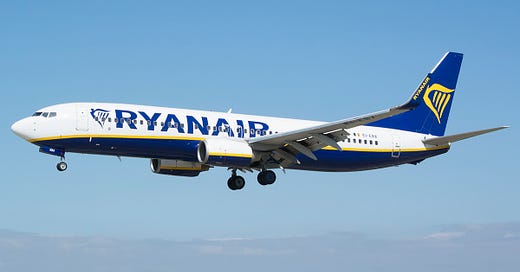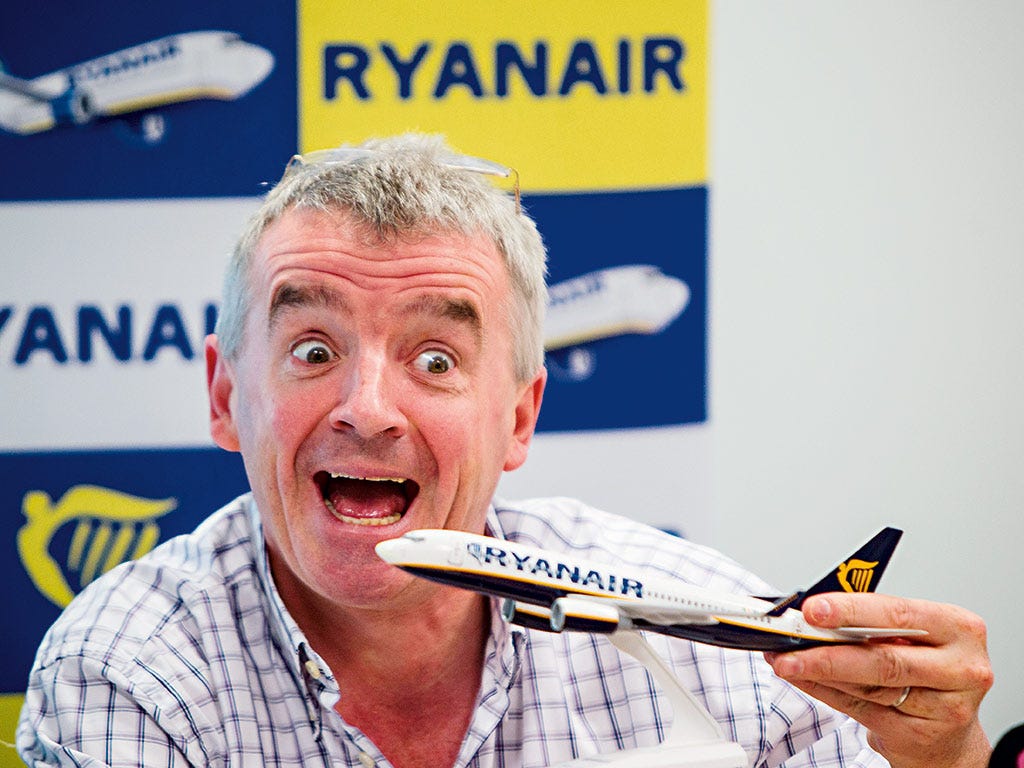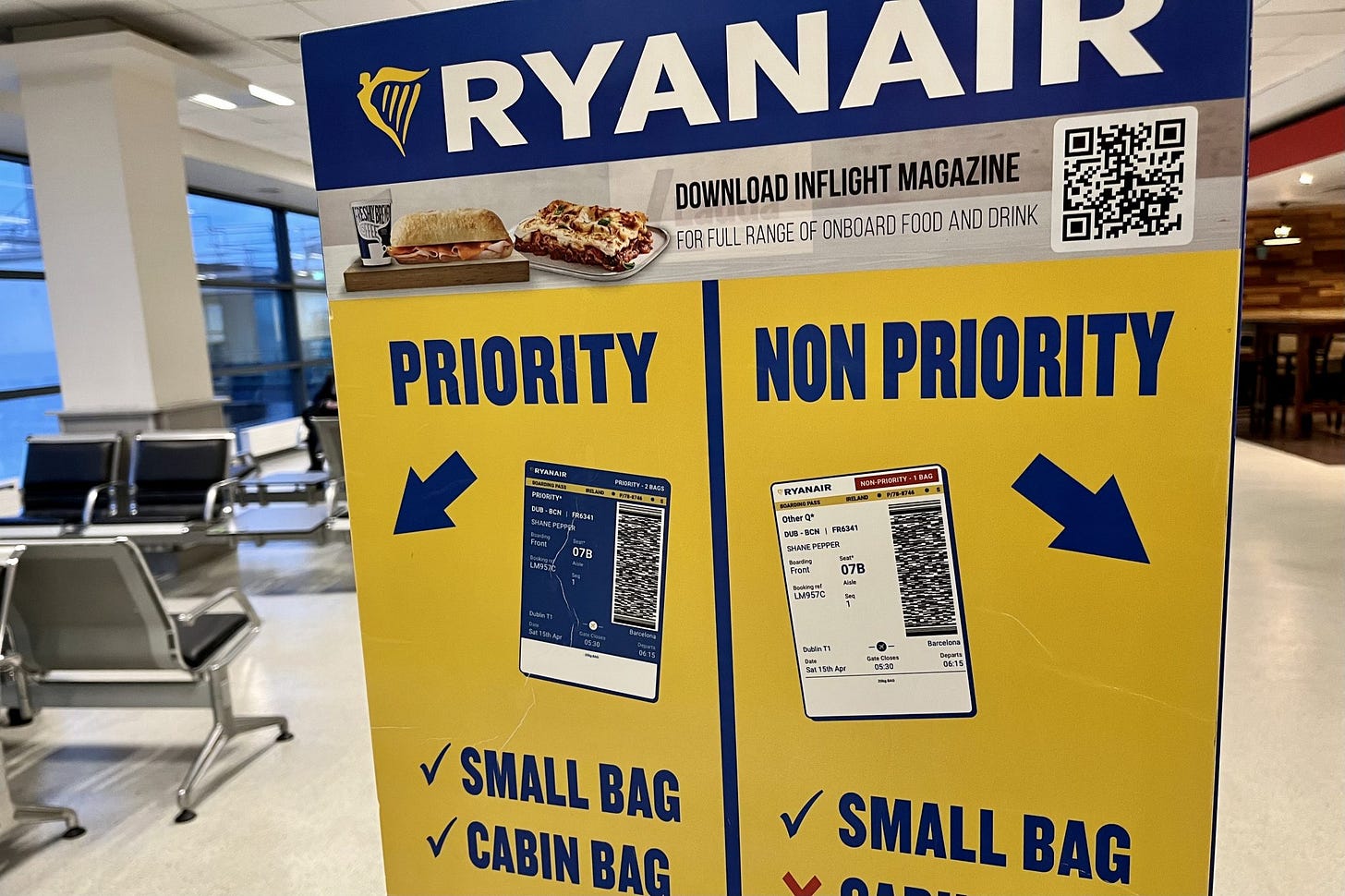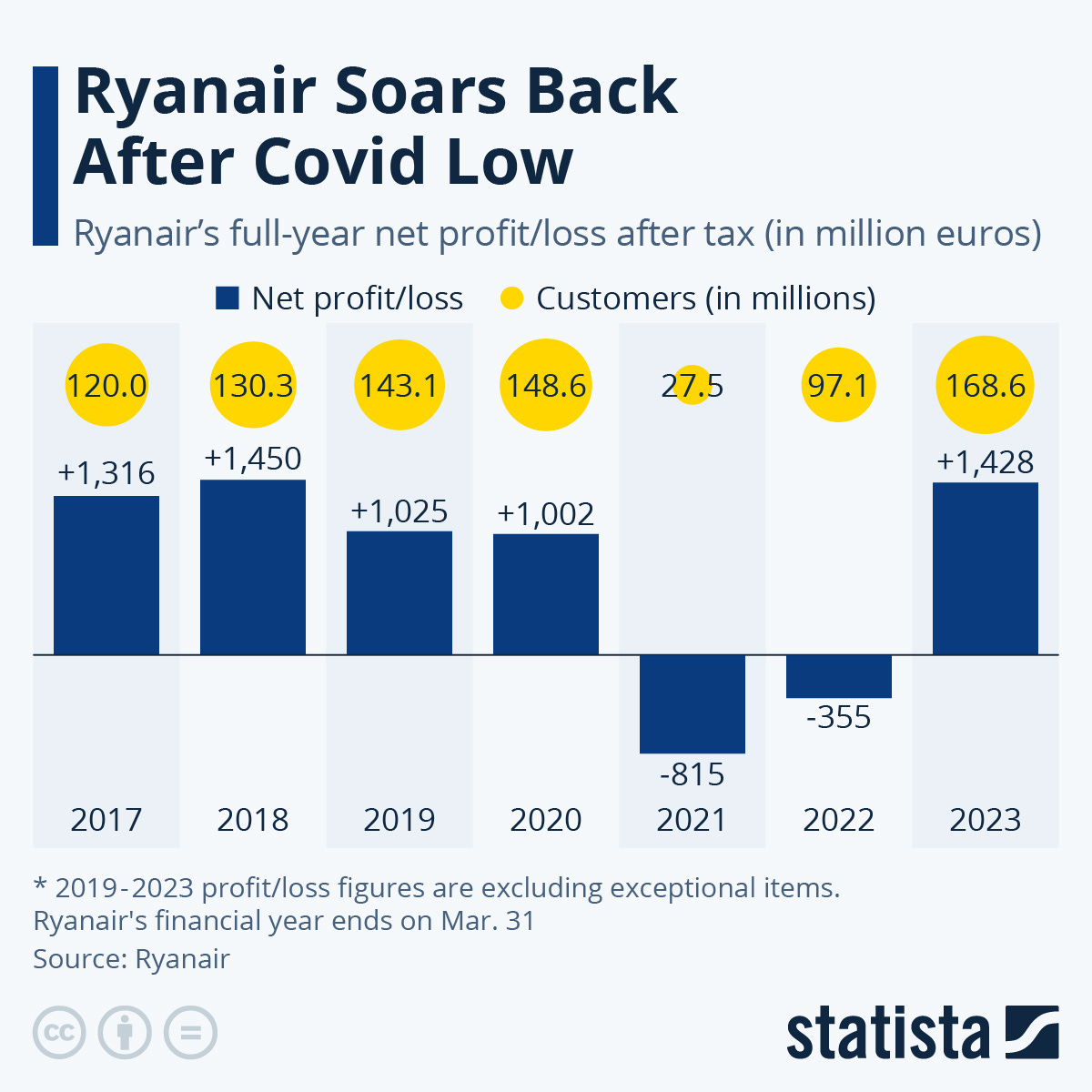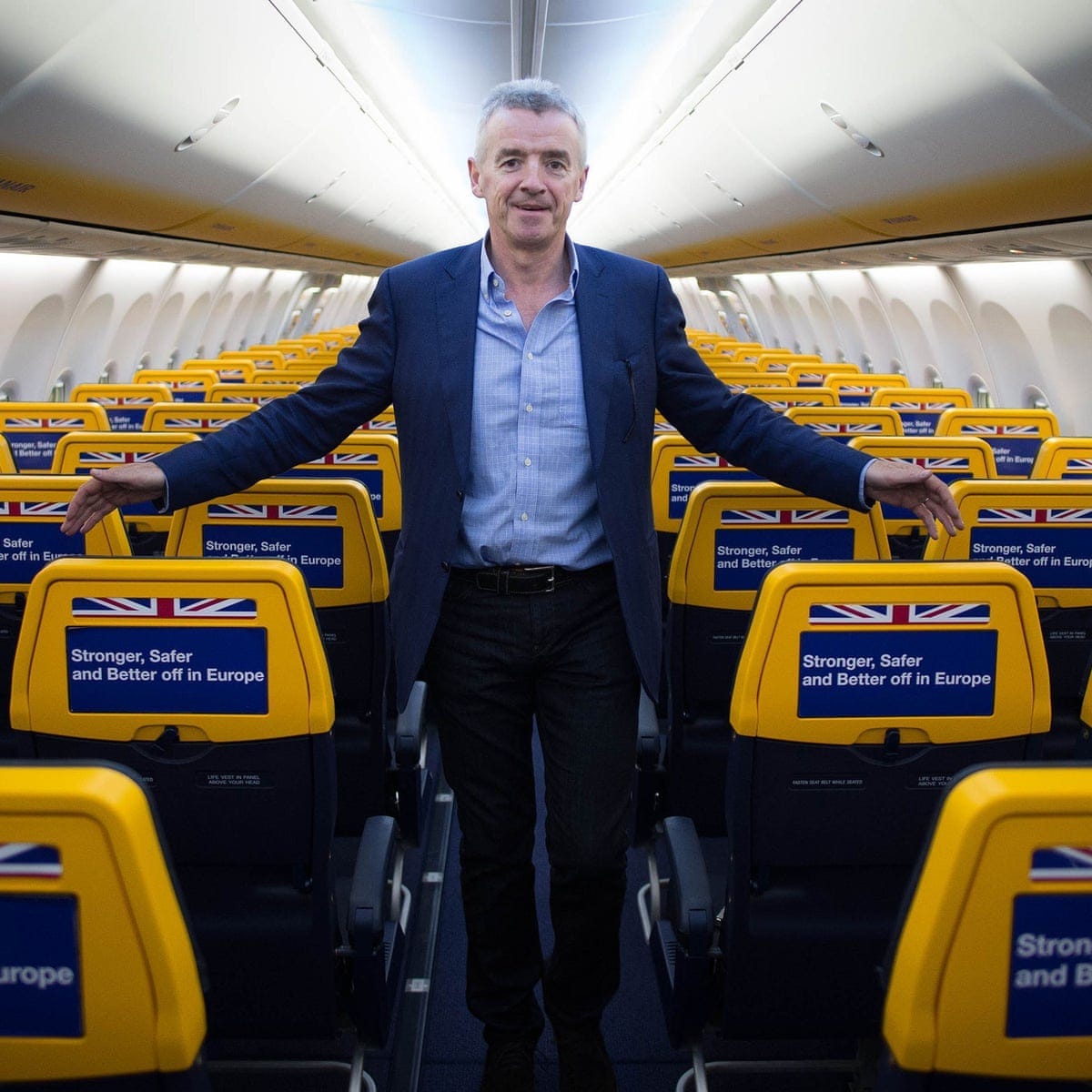Hey Folks,
We are back with this week’s case study and this is a dope one as well. Hope you have a good read!
Also follow on instagram - https://www.instagram.com/theadvertisersalmanac/
Overview
Ryanair, Europe’s largest low-cost carrier, disrupted the airline industry by stripping flying down to its bare essentials. Think of it as the Fast & Furious of airlines—no luxury, all speed and efficiency. With razor-thin margins, brutal cost-cutting, and cheeky marketing, Ryanair has become the blueprint for budget aviation.
The Problem
In the late '80s and early '90s, Europe’s airline industry was dominated by national carriers like British Airways and Lufthansa. Flying was expensive, inefficient, and heavily regulated. A trip from London to Dublin could cost you as much as a mini-vacation today.
Ryanair was initially just another regional airline… until it hit a financial nosedive.
The Insight
Michael O’Leary, who would become Ryanair’s infamous CEO, studied Southwest Airlines in the U.S.—a company that made flying cheap by using:
A single aircraft type (Boeing 737)
Quick turnarounds
Secondary airports
No-frills service
He realized:
💡 “People don’t want luxury in the air. They want to get from point A to point B for the lowest price possible.”
What Ryanair Did Differently (Strategy Breakdown)
1. No-Frills, All Savings
No free food, no seat selection, no refunds.
Pay extra for everything—from printing boarding passes to water on board.
This flipped the traditional model:
✈️ Airlines made money on ticket sales.
🤑 Ryanair made money on everything else.
2. Ancillary Revenue Mastery
Only 25–30% of revenue came from tickets.
The rest came from:
Baggage fees 💼
Priority boarding 💨
Car rentals 🚗
Hotel bookings 🏨
Onboard sales 🍷
3. Brutal Cost Efficiency
Used only Boeing 737s = cheaper maintenance & training.
Operated from secondary airports = lower landing fees.
Fast turnaround = more flights/day.
4. Controversial (But Viral) Marketing
Ads like:
“Bye Bye BA High Fares”
“Flight for £1” (with fine print the size of a virus)
O’Leary once said, “We don’t care if you love us. Just book us.”
It worked. People ranted about Ryanair’s service, but booked anyway for the price.
Results
Carries over 150 million passengers per year.
One of the most profitable airlines in Europe.
Helped democratize air travel in Europe—now even students could fly for €10.
Criticism
Poor customer service.
Frequent hidden fees.
Minimal comfort.
Environmental concerns due to high-frequency short-haul flights.
But Ryanair never tried to be loved. It tried to be cheap—and nailed it.
Financials and other news
Record Profit: Ryanair reported a record profit of €1.92 billion for FY2024, a 34% increase from the previous year, driven by a 9% rise in passenger traffic to 183.7 million and a 21% increase in average fares.
Operational Challenges: The airline faces delays in Boeing 737 aircraft deliveries, leading to a revised passenger forecast of 206 million for FY2025, down from an initial estimate of 215 million.
Route Adjustments: Ryanair plans to cease operations at Valladolid and Jerez airports in Spain during summer 2025 due to what it describes as "excessive fees" imposed by airport operator AENA.
Takeaway for Marketers & Founders
You don’t have to be loved. You have to be clear.
Ryanair’s brand is brutally honest: “We’re cheap. That’s it.”Every business has a “Southwest Airlines” to study.
Find your benchmark. Learn. Adapt.Make customers choose tradeoffs.
Want a seat with legroom? Pay. Want to save money? Don’t complain.
Ryanair in One Sentence:
If flying were fast food, Ryanair would be the McDonald’s euro menu—loved, hated, but always there.


